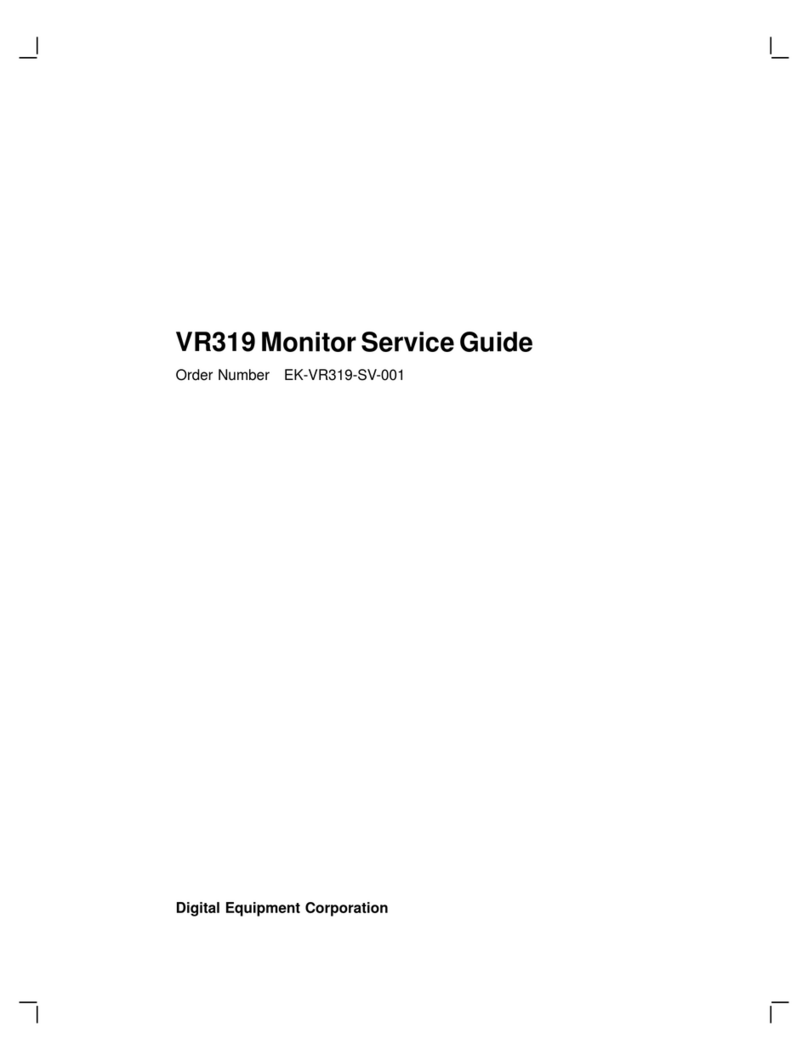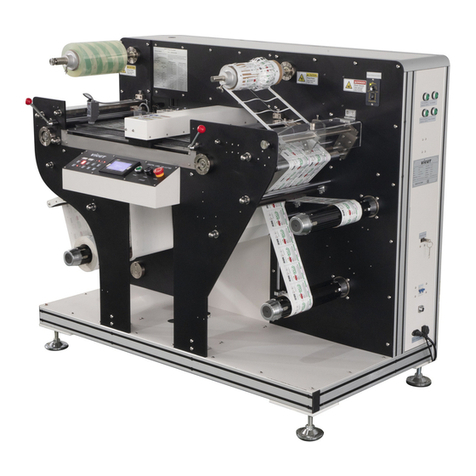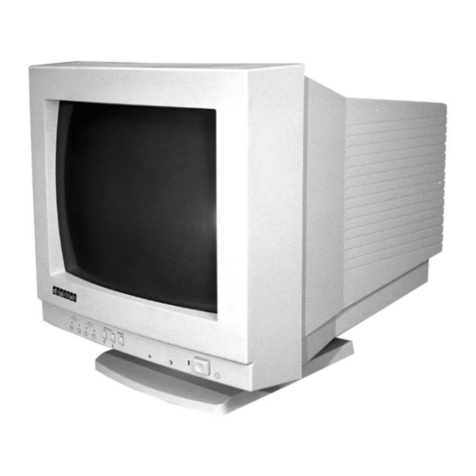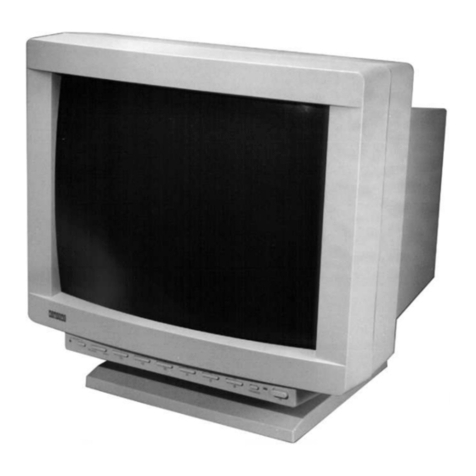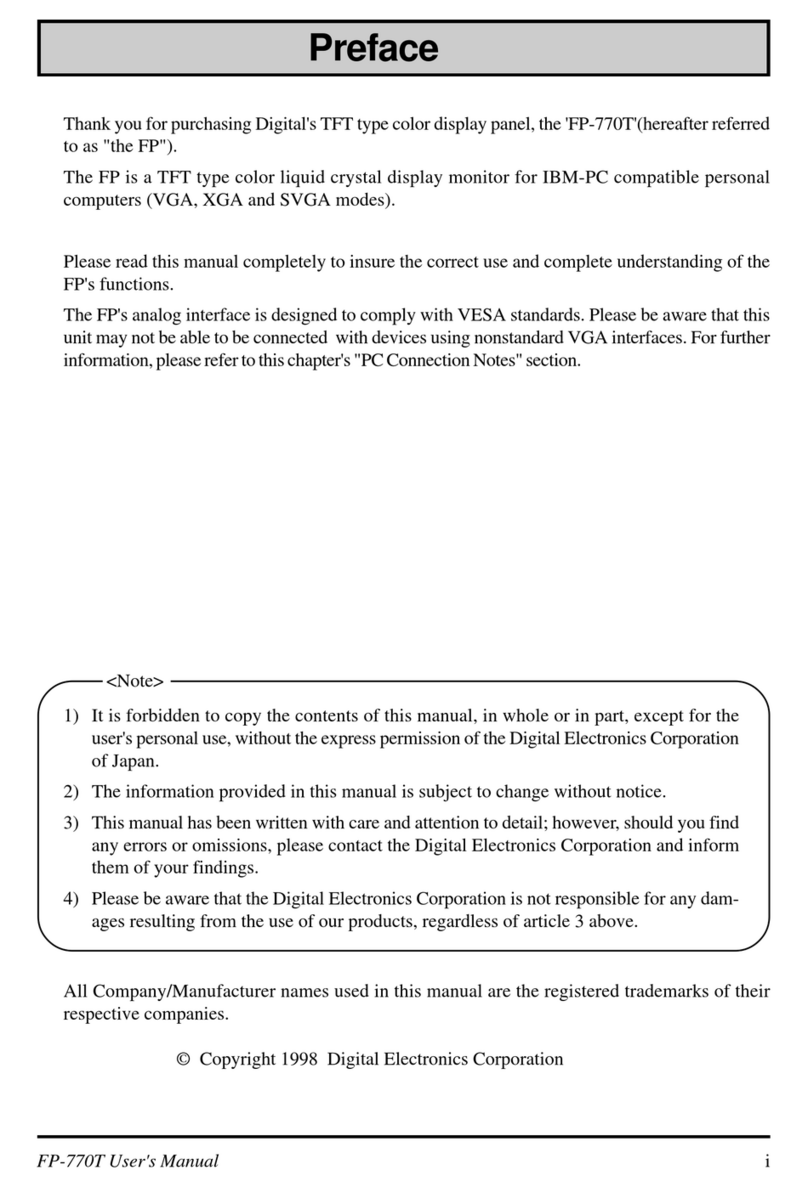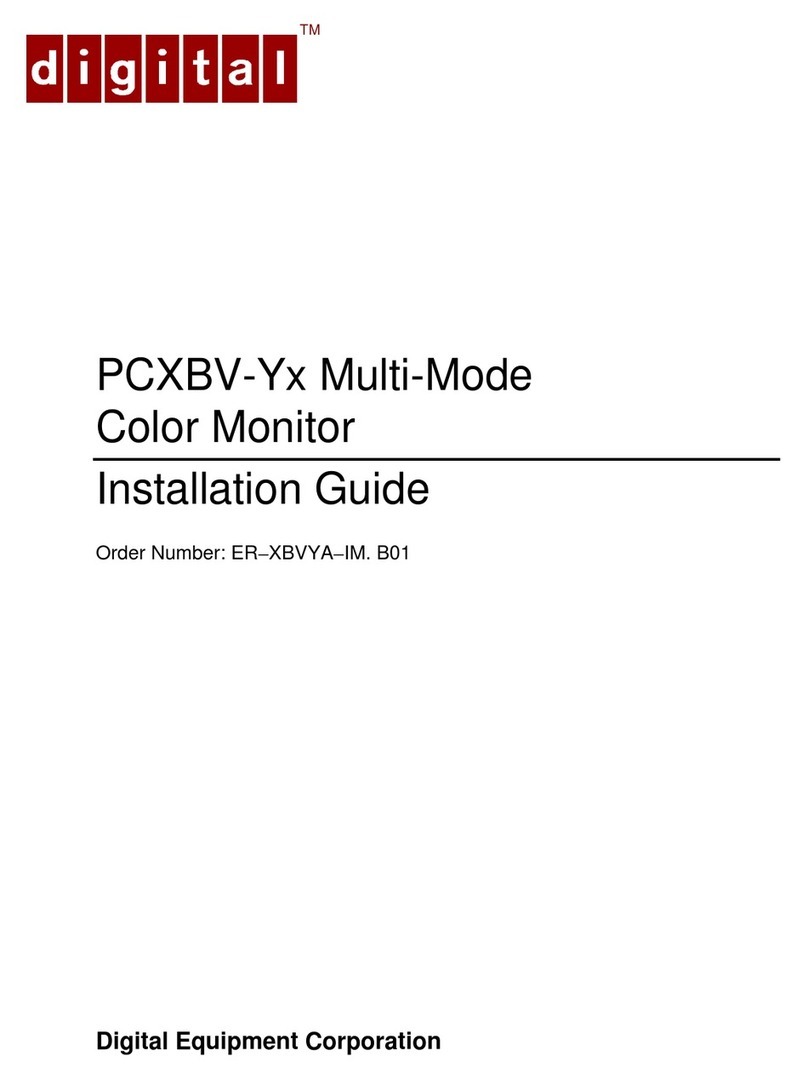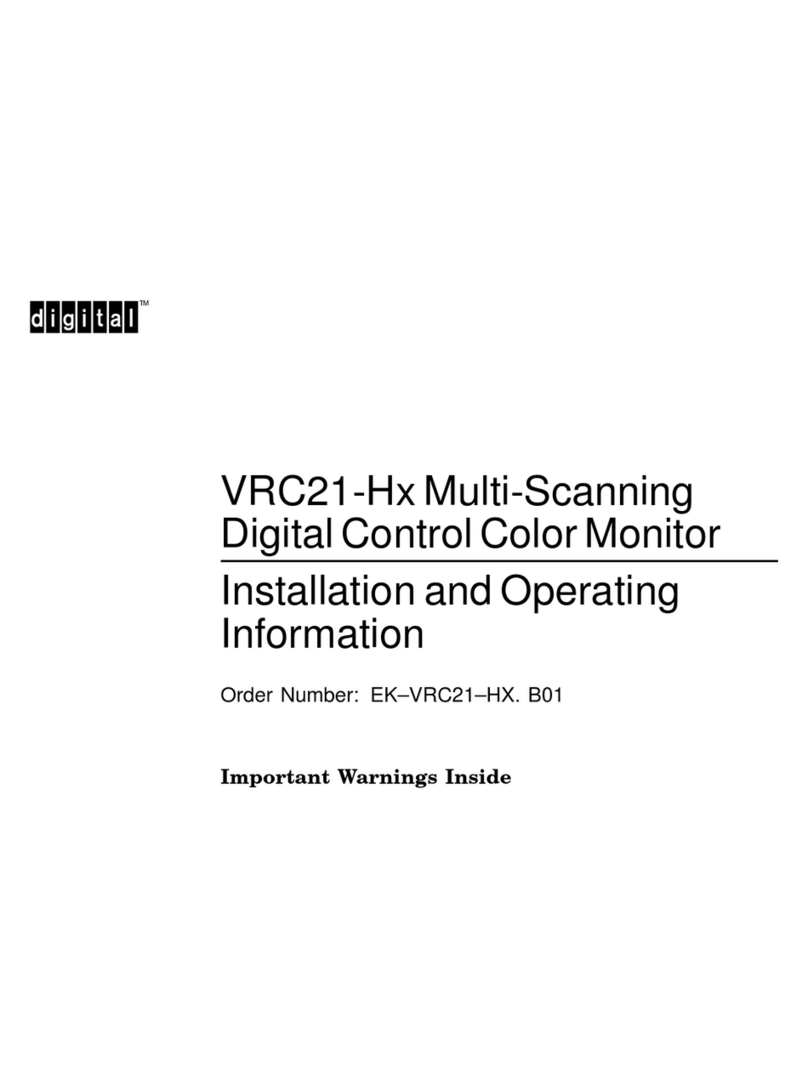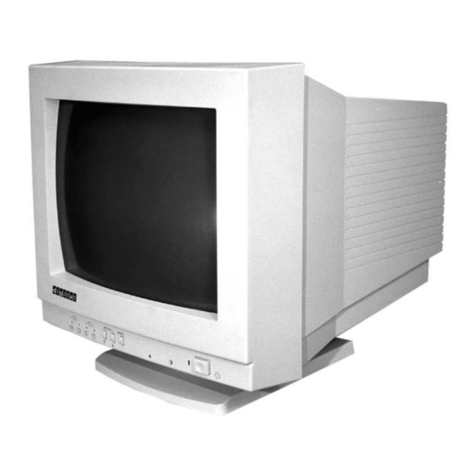
Z-Axis [on VR14/VR17 with Light Pen Option (VR14L
and VR17L)]
a.
Z-Input -This
is
a TTL logic signal. When a TTL
low, it unblanks the CRT by causing the cathode
voltage to change from approximately +62 V
to
ground. The CRT will remain unblanked
as
long
as
the Z-input
is
at a logic low.
b. Intensity
0,
1, 2 - These three signals, together
with"
the brightness control, generate a voltage
of
from
-80 V to 0 V on the CRT grid 1,
to
determine image
brightness. The combination
of
the three intensity
signals asserts one
of
eight possible analog voltages,
which in turn
is
ANDed with the output
of
the
brightness control to generate a grid voltage in the 0
to -80 V range. Thus, there are eight intensity levels
at each
of
the infinite positions
of
the brightness
control.
Power
a.
All
power supplies necessary for operation
of
the unit
are self-contained.
b. Input Requirements
Voltage: (Selectable by tap changes)
100 V ±
10%
115 V ±
10%
230 V ±
10%
Frequency -
50-60
Hz
Power -
::;:;;;;
500 W
Current -
::;:;;;;
5 A
Type -Single Phase
1.3
BLOCK
DIAGRAM DESCRIPTION
Figure I-I
is
the functional block diagram
of
the VR14
without the light pen option. The
X-
and Y- position signals
are connected to their respective A225 Deflection Ampli-
fier Circuit Boards. The A225s boost the input signal to a
level sufficient
to
drive the power transistors, while also
providing gain and position controls. In turn, the power
transistors drive
the
deflection yoke that positions the
electron beam on the screen. The yoke currents are then
passed through a 0.5 n resistor that converts the yoke
currents back into voltages that are used
as
feedback for
each A225 deflection amplifier. This feedback allows the
A225 to produce an exact current replica in the yoke
of
the
input signals.
The intensity input
is
applied to the W682 circuit board
that converts this input to a 60 V pulse which drives the
cathode. The cathode pulse
is
negative going; this pulse
turns on the electron beam, creating a spot on the screen.
1-3
The W682 accepts a gating input that allows the intensity
pulse
to
be time-multiplexed between two input sources.
The G838 Fault Protection Board disables the intensity
circuit in the event
of
a ±22 V failure. This prevents the
phosphor screen from burning,
as
there would be no
deflection under these conditions.
Line power
is
passed through a fuse, an on-off switch, and
then through one normally closed thermal cutout switch.
The switch
is
located
on
the +22 V regulator heat sink, and
in the event
of
a
fan
failure or excessive temperature on the
heat sink,
VRI4/VRI7
input power will be shut off until
it
cools down. The line power
is
then connected to the power
transformer, the high voltage power supply, and the fans.
The high voltage supply converts the input line voltage to
10.5 kV
that
is
connected to the CRT anode. The power
transformer has three basic secondaries: a 6.3 V for fila-
ment, a 70/150 for CRT electrodes, and a 72 V center
tapped for deflection. The 72 Vac
is
rectified and filtered
to provide ±43 Vdc unregulated. This ±43 Vdc
is
regulated
with circuits on the G836 board, along with four power
transistors on the regulator heat sink assembly. The
regulated output
is
±22 Vdc and
is
distributed to the
deflection amplifiers. The 70/150
ac
is
rectified and filtered
on the G836 to generate ±80 Vdc and +400 Vdc. The
-80
Vdc
is
used for the brightness potentiometer which
is
tied to the grid. One side
of
the brightness control
is
connected
to
another potentiometer on the G836 which
can
adjust the maximum brightness range
of
the brightness
potentiometer. The +400 Vdc
is
supplied directly to grid 2
and also
to
one side
of
the focus potentiometer on the
G836 board. The wiper
of
the focus potentiometer goes
directly to the focus electrode on the CRT.
Figure
1-2
is
a block diagram
of
the
VRI4L
and VRI7L,
i.e.,
VRI4/VRI7
with the light pen option. Note that the
G840 Light Pen Amplifier replaces the G838 Fault Protec-
tion Circuit Board. The G840 contains the G838 circuitry
as
well
as
an amplifier to detect and shape
pdse
outputs
from the light pen. The output
of
the light pen amplifier
is
brought out
of
the
VRI4L/VRI7L
through pin
19
of
the
24-contact amphenol connector (117) at the rear
of
the
display monitor.
Note that
in
the
VRI4L
and
VRI7L,
the W684 intensity
control replaces the W682. The W684 allows an intensity
pulse to the cathode whose duration
is
equal to that
of
the
Z intensify signal. The W684 circuitry also modifies the grid
I bias voltage, thereby allowing eight intensity levels for a
particular setting
of
the front panel brightness control.
All
other circuits represented in Figure
1-2
are
identical
to
those represented in Figure
I-I.

